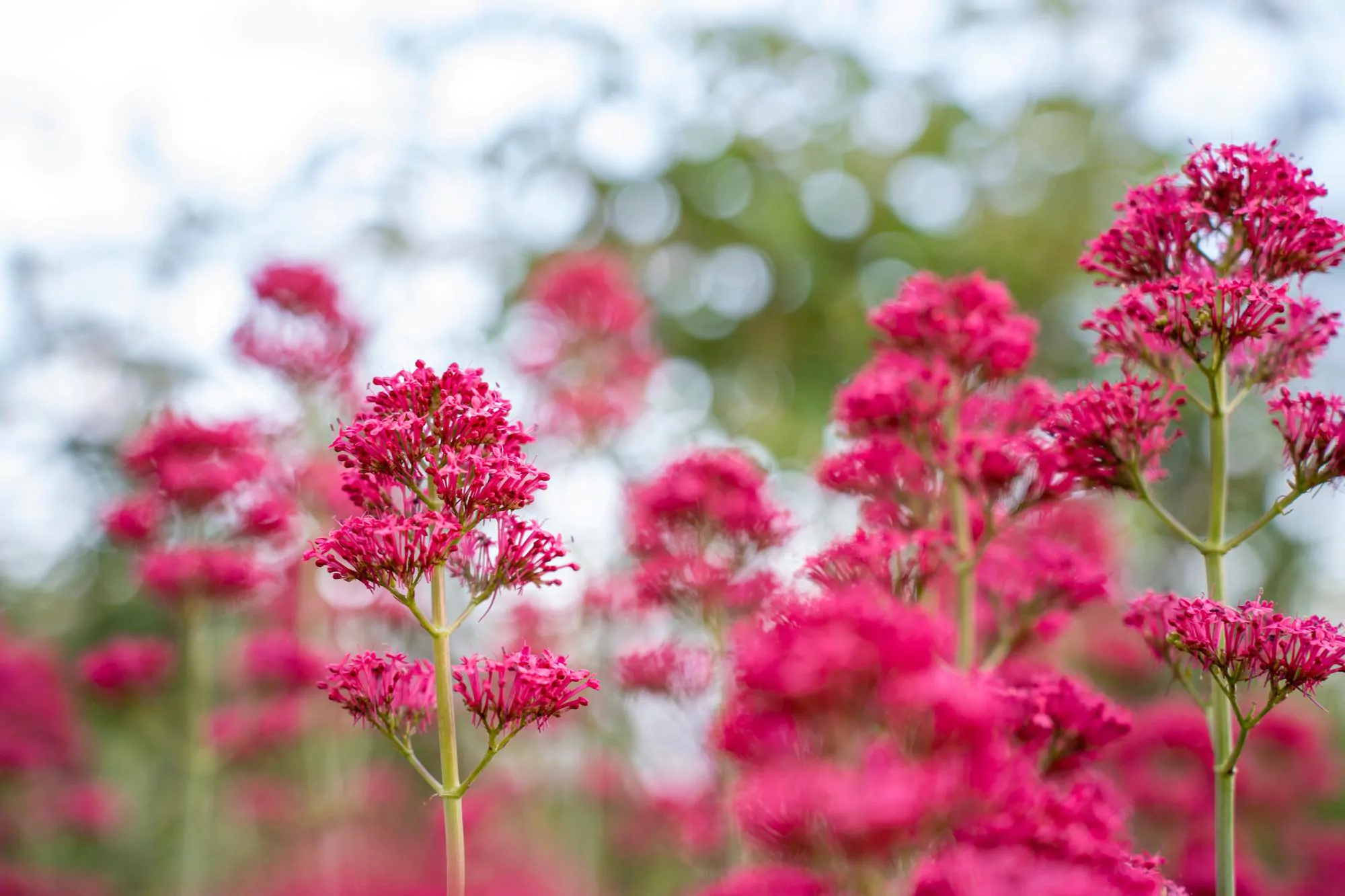In a groundbreaking study recently published in the Journal of Oleo Science, researchers have identified specific plants that could potentially aid in the fight against cancer due to their content of conjugated linolenic acids (CLNs). Red Valerian (Centranthus ruber) and Valerian (Valeriana officinalis), well-known plants within traditional herbal medicine, have been found to possess seed oils rich in CLNs, which are fatty acids with a credible link to curbing tumor growth. This discovery could pave the way for the development of new plant-based anticancer therapies.
The Potential of Plant Seed Oils in Cancer Treatment
The team, led by Taro Honma from the Faculty of Pharma-Science at Teikyo University, along with colleagues from the Tokyo University of Technology, utilized ultraviolet spectroscopy to analyze the total lipids extracted from various herb seeds. Their findings revealed an absorption peak around 270 nm specifically in the seed oils of the Valerianaceae family plants. Subsequent studies confirmed the presence of conjugated linolenic acids within these oils.
Fractionation and Analysis of Seed Oils
The researchers employed silica column chromatography to separate the seed oils into different lipid fractions, which included neutral lipids (NLs), glycolipids, and phospholipids. Through detailed assessment, it was determined that the conjugated linolenic acids predominantly resided within the neutral lipid fraction. This concentration of CLNs in neutral lipids is significant as it suggests that they could be more readily absorbed by the human body.
Sensitivity to Lipase and Implications for Cancer Treatment
The study also investigated the reaction of these seed oil neutral lipid fractions to lipase, an enzyme that breaks down fats. It was found that CLNs showed notable susceptibility to lipase hydrolysis, implying that they were mainly located at the sn-1,3 positions of triacylglycerol – positions where they can be more easily hydrolyzed and potentially absorbed as free fatty acids by cancer cells.
A New Frontier for Antitumor Substances
The implications of these findings are substantial. CLNs from Red Valerian and Valerian seed oils having an enhanced susceptibility to lipase hydrolysis could mean that, once ingested, these fatty acids may become more available to exert their antitumor effects on cancer cells. “These results suggested that the CLNs from the seed oils of C. ruber and V. officinalis could easily be taken up by cancer cells as free fatty acids,” the study authors explained, illustrating their potential as antitumor agents.
Crossing the Barrier from Laboratory to Clinic
While the study presents promising data, it’s important to acknowledge the distance yet to be covered before these findings can be translated into clinical applications. The research was conducted using in vitro models and further studies, including clinical trials, will be required to determine the safety, efficacy, and appropriate usage of these seed oil extracts as cancer-fighting agents.
Next Steps in Research
The researchers anticipate that future investigations will include the development of extraction and purification techniques to maximize the yield of CLNs from these plant seed oils. Additionally, the mechanism behind the anticancer effects of CLNs and their interactions with cancer cell pathways needs to be elaborately mapped out.
Conclusion
This study is a striking example of how natural compounds, often overlooked, may hold the key to significant medical advancements. With cancer remaining one of the leading causes of death worldwide, exploring all potential avenues for safe and effective treatment is imperative. If the findings of Honma et al. bear fruit in clinical scenarios, we might witness a shift towards incorporating more botanical options in the fight against this formidable disease.
To review the full study, reference the following DOI: 10.5650/jos.ess19007
References
1. Honma, T., Shiratani, N., Banno, Y., Kataoka, T., Kimura, R., Sato, I., … & Takayanagi, T. (2019). Seeds of Centranthus ruber and Valeriana officinalis Contain Conjugated Linolenic Acids with Reported Antitumor Effects. Journal of Oleo Science, 68(5), 481–491. https://doi.org/10.5650/jos.ess19007
Keywords
1. Conjugated Linolenic Acids
2. Antitumor Fatty Acids
3. Valerian Seed Oil Cancer
4. Red Valerian Anticancer Properties
5. Plant-Derived Anticancer Compounds
This news piece provides an insightful exploration into the science behind plant-based compounds and their potential roles in cancer treatment, while also discussing the study’s methodological approach and its promising yet preliminary results. It serves both as an update in the field of oncology and a thought-provoking look at alternative sources for anticancer agents.
